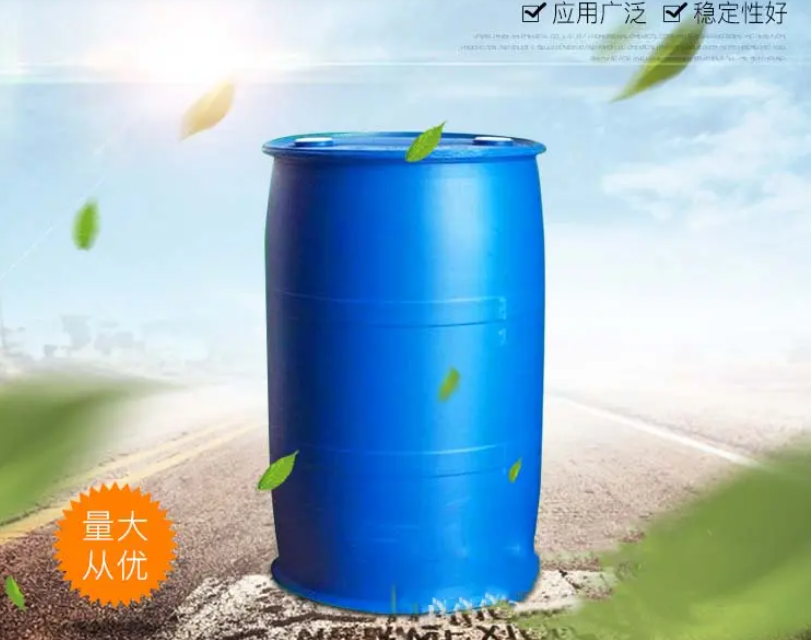Acetic acid is a liquid chemical compound that is colorless in nature. Acetic acid is also referred to as ethanoic acid. It is produced by the methanol carbonylation process. Acetic acid is widely used as a key intermediate in the production of chemical products such as Purified Terephthalic Acid (PTA), Vinyl acetate monomer (VAM), and others. Pharmaceutical, rubber, plastics, construction and paints &coatings are some of the key end-user of acetic acid.
High demand for polyvinyl acetate (PVA) and polyvinyl alcohol (PVOH) that are key derivatives of vinyl acetate monomer is augmenting the market growth. Polyvinyl acetate is widely used across various applications such as packaging films, thickeners, and photosensitive coatings. Polyvinyl alcohol is majorly used in paints and paper coatings due to their excellent adhesions properties. Thus, the growing demand for polyvinyl acetate and polyvinyl alcohol is accelerating the market growth of acetic acid.
Acetic acid is corrosive, and its vapour causes irritation to the eyes, a dry and burning nose, sore throat and congestion to the lungs. It is a weak acid because at standard temperature and pressure the dissociated acid exists in equilibrium with the undissociated form in aqueous solutions, in contrast to strong acids, which are fully dissociated.

Concentrated acetic acid is corrosive and must therefore be handled with appropriate care, since it can cause skin burns, permanent eye damage, and irritation to the mucous membranes. These burns or blisters may not appear until hours after exposure. Latex gloves offer no protection, so specially resistant gloves, such as those made of nitrile rubber, should be worn when handling the compound. Concentrated acetic acid can be ignited with difficulty in the laboratory. It becomes a flammable risk if the ambient temperature exceeds 39 °C (102 °F), and can form explosive mixtures with air above this temperature (explosive limits: 5.4%–16%).
The hazards of solutions of acetic acid depend on the concentration. The following table lists the EU classification of acetic acid solutions:
| Concentration by weight | Molarity | Classification | R-Phrases |
|---|---|---|---|
| 10%–25% | 1.67–4.16 mol/L | Irritant (Xi) | Template:R36/38 |
| 25%–90% | 4.16–14.99 mol/L | Corrosive (C) | Template:R34 |
| >90% | >14.99 mol/L | Corrosive (C) | Template:R10, |
Solutions at more than 25% acetic acid are handled in a fume hood because of the pungent, corrosive vapour. Dilute acetic acid, in the form of vinegar, is harmless. However, ingestion of stronger solutions is dangerous to human and animal life. It can cause severe damage to the digestive system, and a potentially lethal change in the acidity of the blood.
Due to incompatibilities, it is recommended to keep acetic acid away from chromic acid, ethylene glycol, nitric acid, perchloric acid, permanganates, peroxides and hydroxyls.


